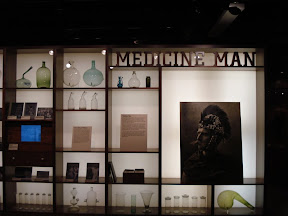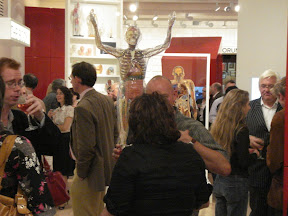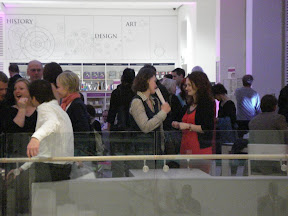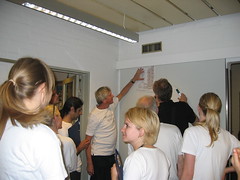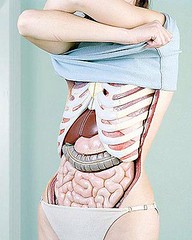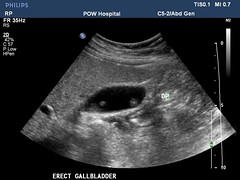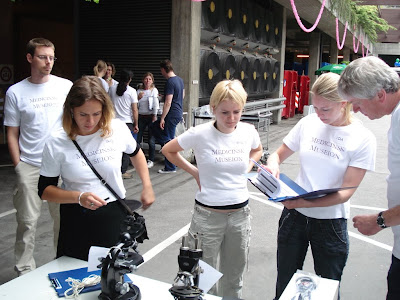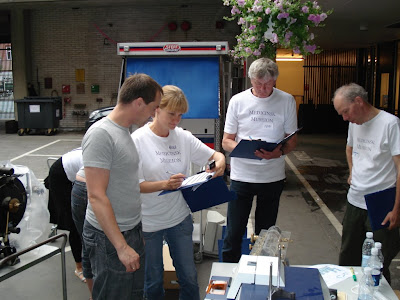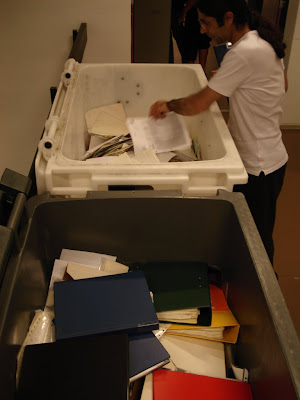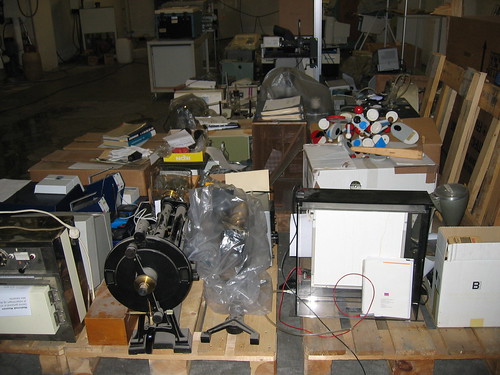Eventually, the Wellcome Collection has opened after almost two years heavy reconstruction of the Wellcome Trust‘s old headquarters on Euston Rd, London. The building now contains a conference center in the basement, a commendable eating place and a medical bookstore at the ground level, followed by a huge gallery space and the expanded Wellcome Library on the following floors; and finally offices for the Wellcome Trust Centre for the History of Medicine at UCL on the top.
The Wellcome Collection — I love the name, it reminds me of The Wallace Collection, another great London museum and eating place — opens with three exhibitions on the programme. The Heart is a temporary exhibition running until 16 September, while Medicine Man is a permanent gallery (and in effect a condensed version of the earlier, celebrated show with the same name at the British Museum in 2003; see Jim Edmonson’s review of the catalogue here)
The third, also permanent, gallery, called Medicine Now, explores a number of selected topics: the body, genomes, malaria, obesity, and the experience of medicine. Entry is free, seven days a week.
Here are some pictures from the opening event last Thursday night:
I’ll be back with more pictures and a review of Medicine Now.

